The Asian Dragon
Note: My perspective on this comes mainly from the Japanese version. I believe the Japanese version of the Asian Dragon is pretty close to the model, but there might be small differences.
This year, 2024, is the year of the dragon, so we are seeing the dragon image a lot, especially in the coin world, where seemingly every mint is printing out "year of the dragon" coins. The asian zodiac, with it's rotating cast of 12 animals, is fun and different enough from the Western zodiac that it has become fairly popular lately.

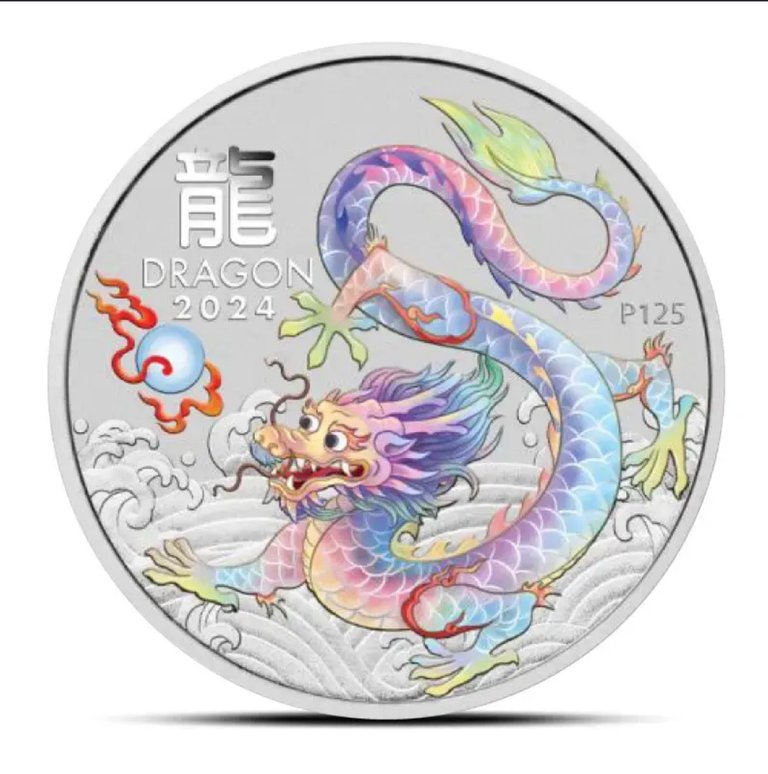
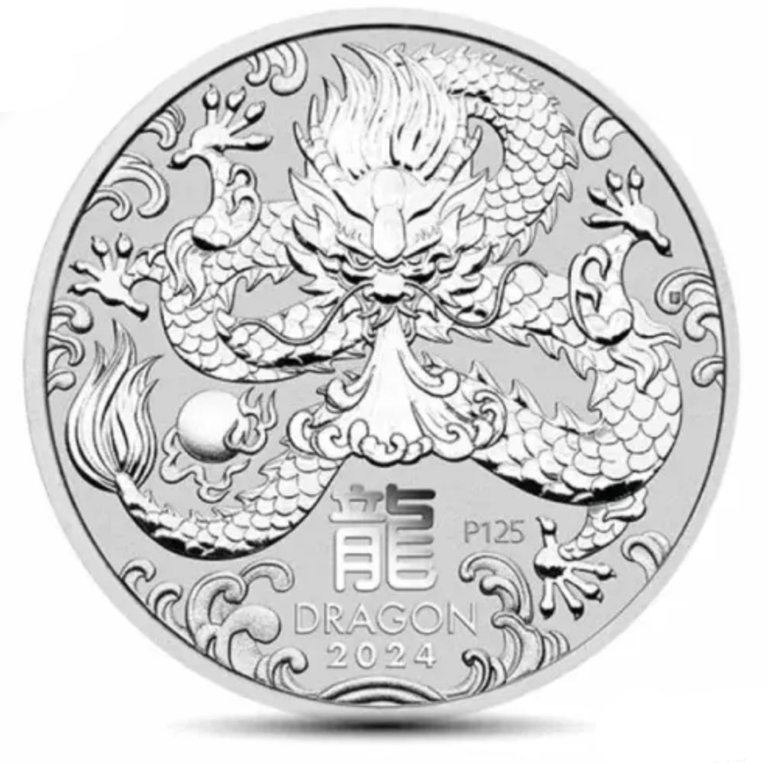
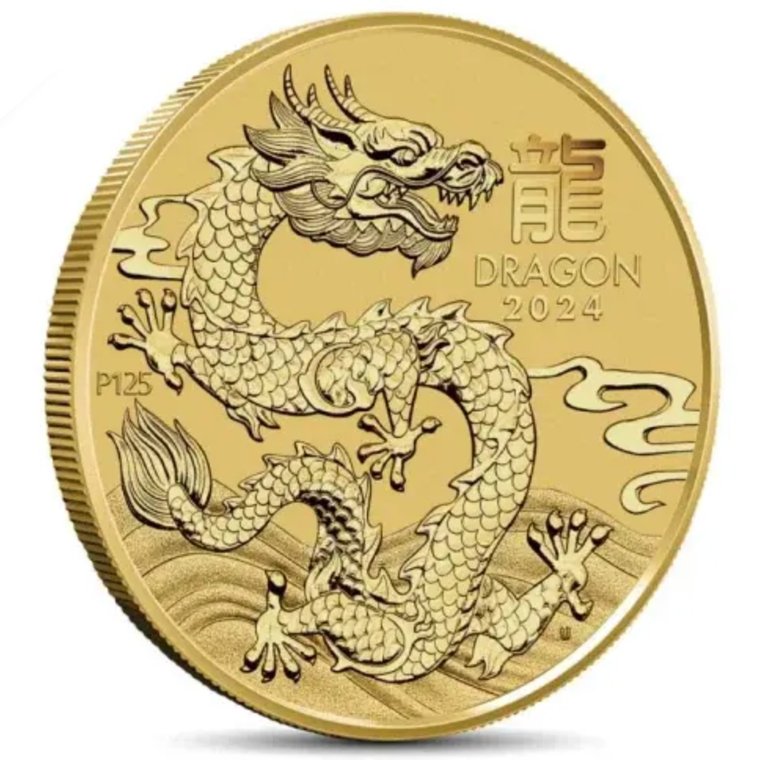
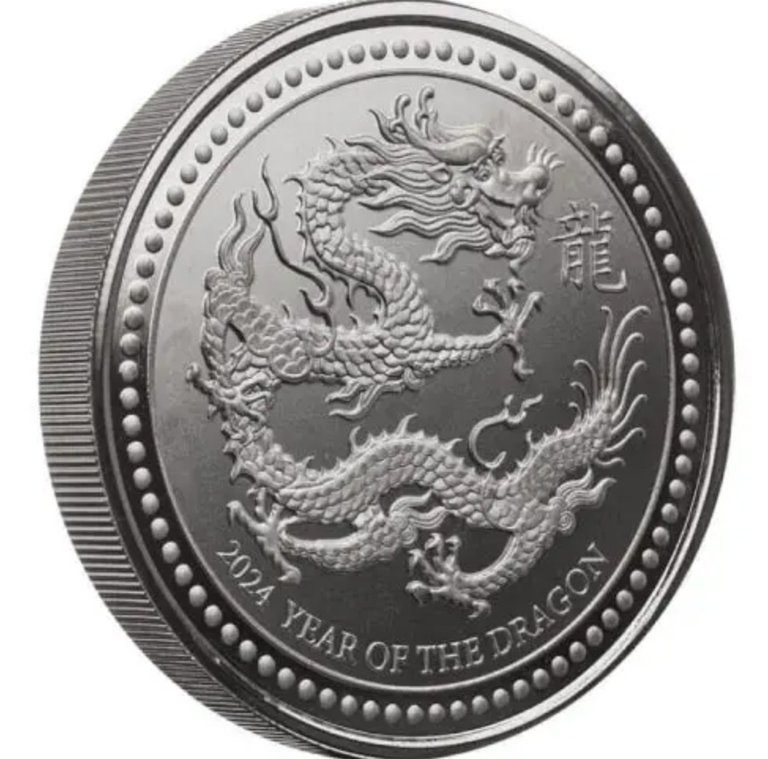
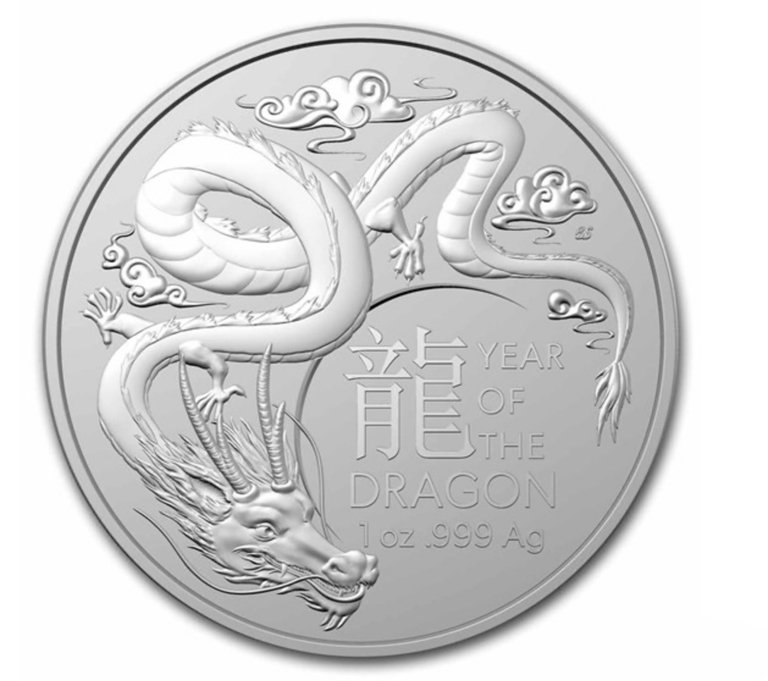
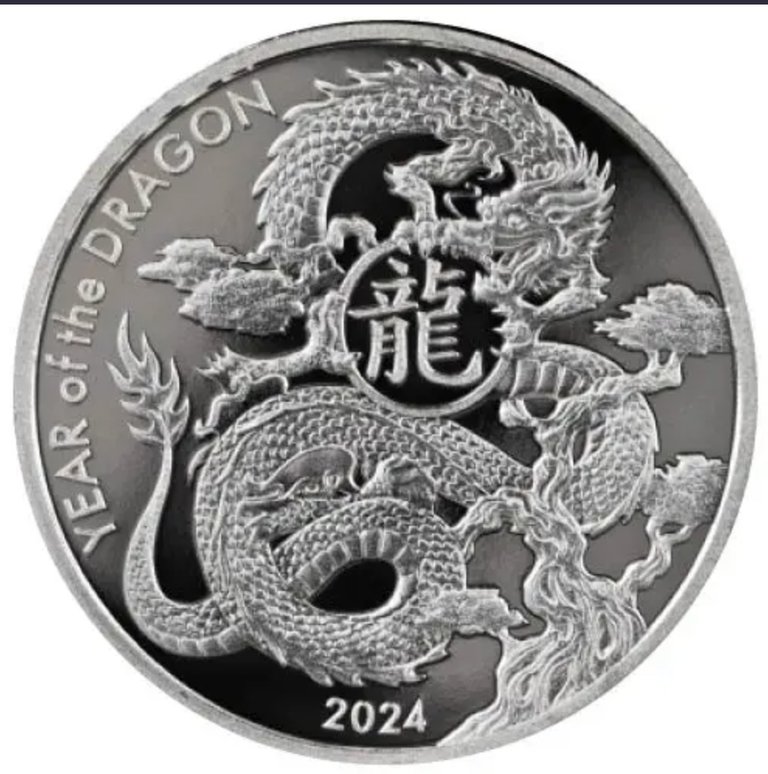
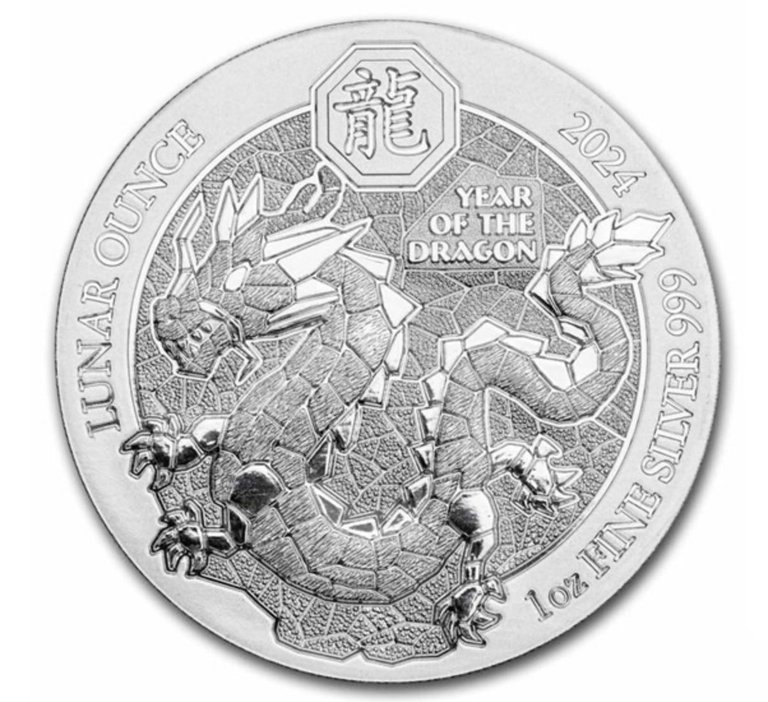
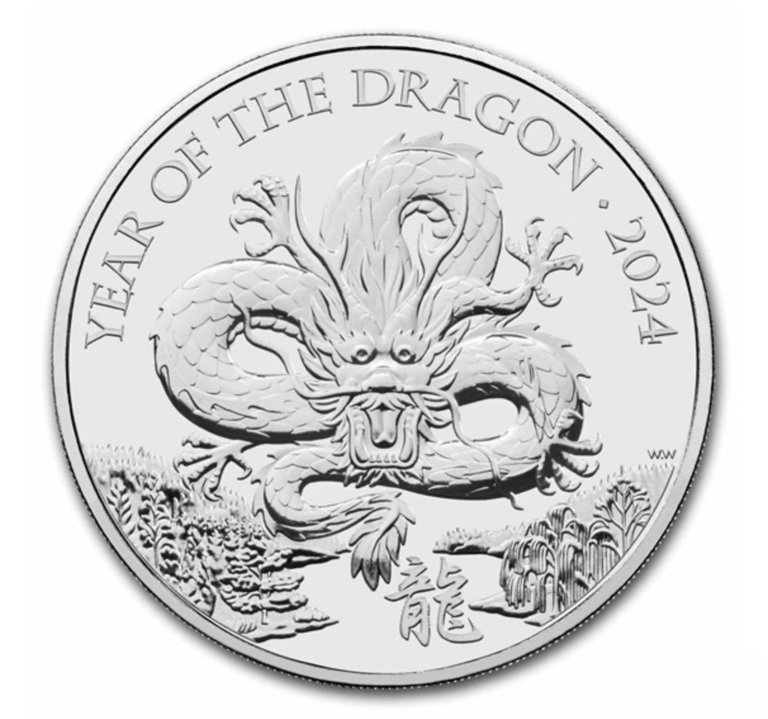
So let's talk about the Asian dragon.
First up, quite obviously, the Asian dragon is more of a serpent than a full-bodied reptile like the Western dragon. This makes it more similar to a wyrm, which referred to a worm-like dragon in Old English and has been re-borrowed by modern English fantasy books to refer to the same type of creatures.
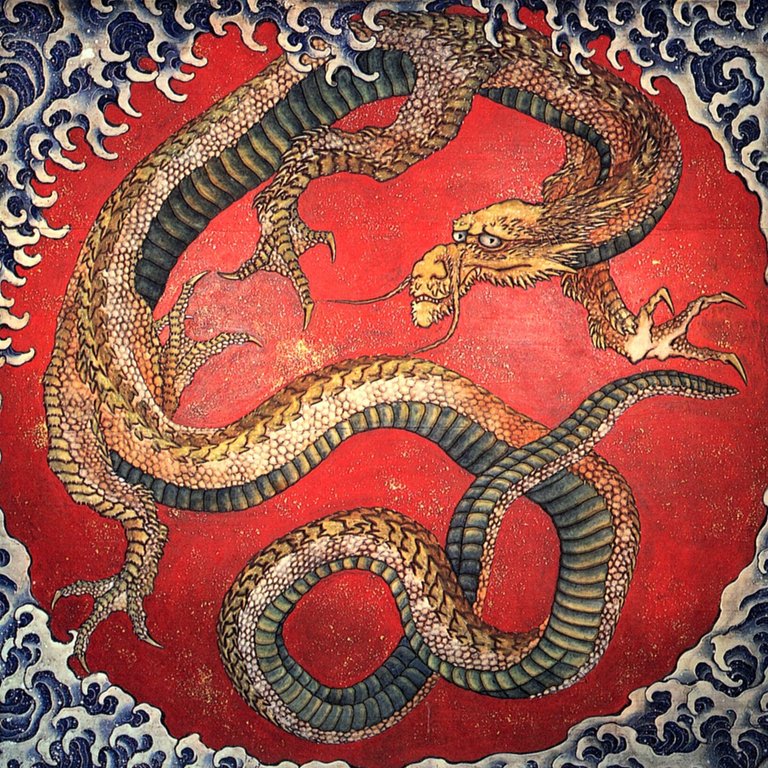
The asian dragon is also typically benevolent, and has more of an image as a wise old creature full of secrets of how the world and cosmos work. They might be terrifying to behold, but this is because they are awe-inspiring, awesome in the old sense of the word, and not because they are evil. This is very much in opposition to the Western dragon image which is much more demonic, willy tricksters, not to be trusted, who destroy cities, steal gold, eat maidens, then trick and eat heroes as well. You might go on a spirit quest to seek an Asian dragon and be glad when you see it, while if you saw a Western dragon, you'd run for your life.
Asian dragons might also have a twinkle in their eye and a sense of humor. This explains why in some depictions you see them looking more jolly than terrifying. If you want an image of this, think Falkor the luck dragon from The Never Ending Story. They gave him a dog's head for the book and movie but he is otherwise very much in the Asian dragon mold in his actions and attitude.
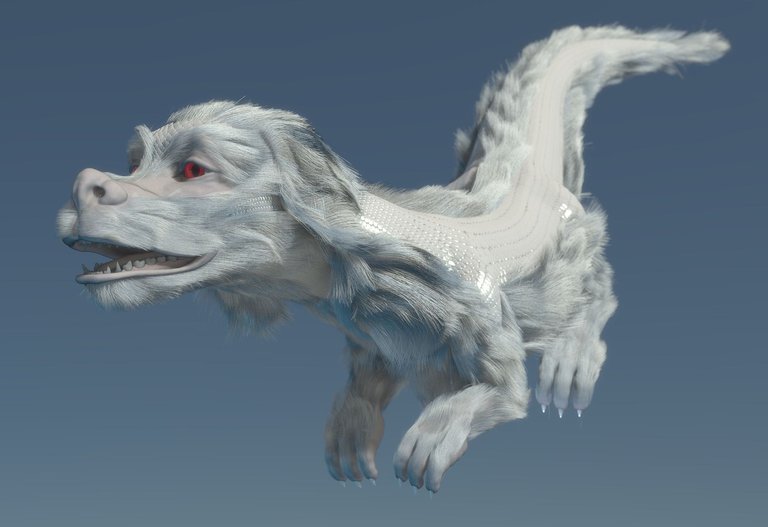
In Japan, the Asian dragon has the traditional Chinese character 龍 or the Japanese simplified form of that character 竜. In Chinese they might also use the traditional form in some contexts, but may also use the Chinese simplified form 龙. However, when speaking of the year we'd use the character 辰 to mean dragon year. On many of the zodiac coins for 2024 they are using 龍 next to the picture of the dragons. This isn't wrong, but it would be more correct to use 辰 since we are talking about the year of the dragon and not the dragon itself. But that's being pedantic and most people probably don't care that much.
Finally, we come to one of the main and most well-known characteristic of dragons: breathing fire. Western dragons are well-known for using this trait for all their wicked purposes. Asian dragons, by contrast, do not breath fire. They are most often associated with water which would extinguish fire, and they are said to have control over any water-related phenomena, such as rain, rivers, lakes, and the oceans.
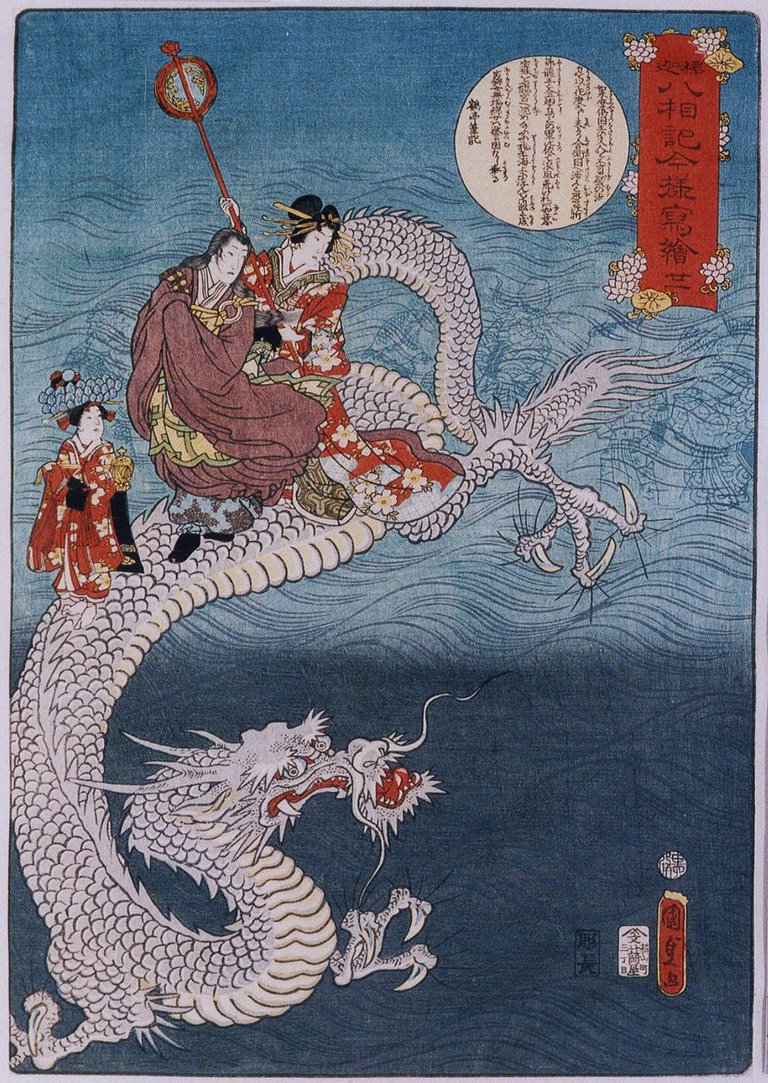
There is a connection to Taoism here, particularly the idea of wu wei, or non-action. In Taoism, dragons are seen as embodiments of the Tao itself: mysterious, wise, and flowing with the natural rhythms of the world, much like water flows around obstacles. This philosophical approach of wu wei is vividly demonstrated in the demeanor of Asian dragons. They represent not just physical power, but also the wisdom of knowing when to act and when to yield, which is central to Taoist thought.
For those familiar with Bruce Lee’s teachings on the flexibility and adaptability of water, there is a direct parallel here—he often used metaphors involving water to describe ideals of personal development and martial prowess. There is at least one famous clip of him talking about this.
This last point may sum up the overall difference between Western and Eastern dragon quite well. The Western dragon is a symbol of chaos and destructive power, whereas the Asian dragon is a symbol of harmony and natural order. Interestingly, that does make them somewhat balanced against one another and you could imagine them on opposite sides of a yin/yang symbol.
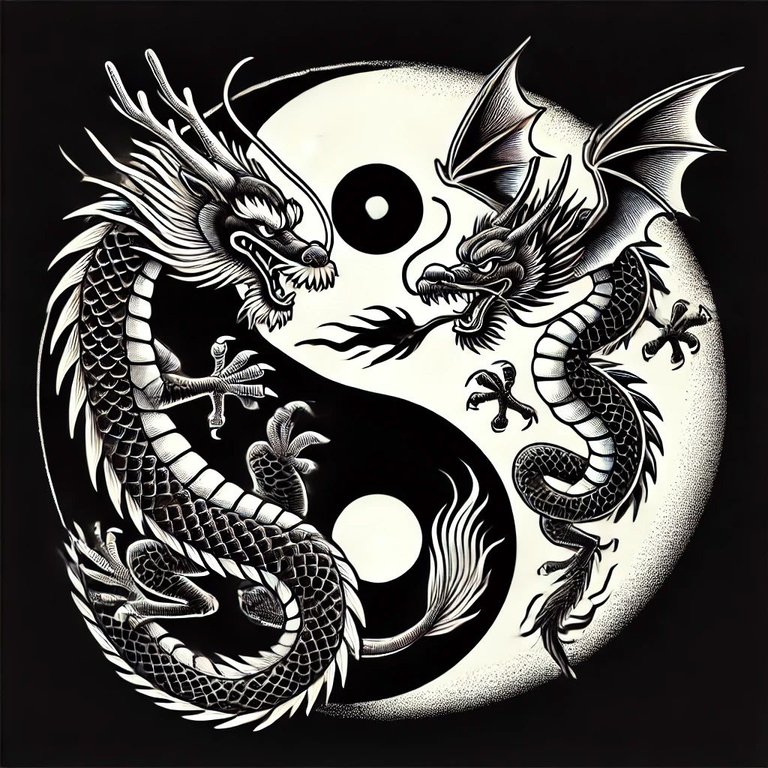
Not quite what I wanted, but the best I could get from ChatGPT

Anyway, just a few thoughts there. I probably missed a lot, so feel free to chime in in the comments.
❦
 |
David LaSpina is an American photographer and translator lost in Japan, trying to capture the beauty of this country one photo at a time and searching for the perfect haiku. He blogs here and at laspina.org. Write him on Twitter or Mastodon. |
You received an upvote of 100% from Precious the Silver Mermaid!
Thank you for contributing more great content to the #SilverGoldStackers tag.
You have created a Precious Gem!
That is some great information. Loved it for sure. The reference to The Never Ending Story jogged a memory or two loose. Overall, I like the Eastern version of the dragon much better than the Western version.
The only dragon I care about is Trogdor the Bruninator!
Stackers sure do love them dragons, as a thank you for your DUO support here is a !hiqvote and some !DOOK and !PIMP
Aw man @bitcoinman, you are out of PIMP to slap people.
Go Stake some more and increase your PIMP power.
(We will not send this error message for 24 hours).
Read about some PIMP Shit or Look for the PIMP District
You just got DOOKed!
@bitcoinman thinks your content is the shit.
They have 12/400 DOOK left to drop today.
Learn all about this shit in the toilet paper! 💩
@bitcoinman, the HiQ Smart Bot has recognized your request (3/4) and will start the voting trail.
In addition, @dbooster gets !LOOL from @hiq.redaktion.
For further questions, check out https://hiq-hive.com or join our Discord. And don't forget to vote HiQs fucking Witness! 😻
"Be like the Water,.."
👏 Keep Up the good work on Hive ♦️ 👏
❤️ @reeta0119 suggested sagarkothari88 to upvote your post ❤️
🙏 Don't forget to Support Back 🙏
Very interesting information on the Asian dragon, I really didn't know any of that! There are so many dragon coins out there this year, it's hard to choose which ones to pick up! That third one down is pretty cool, and the gold right below it too, because it's gold! Have you picked up any dragon coins yet this year?